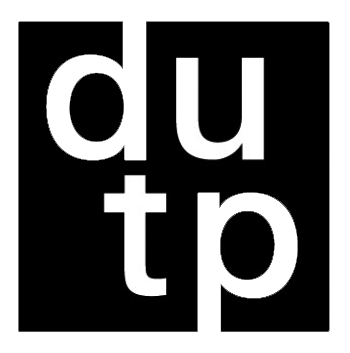CENTRALIDADES NOCTURNAS Y MOVILIDAD COTIDIANA EN EL CONURBANO BONAERENSE
NIGHT CENTRALITIES AND DAILY MOBILITY IN THE GREATER BUENOS AIRES The case of San Martín Municipality
DOI:
https://doi.org/10.5821/siiu.12935Abstract
The proliferation of bars, breweries, restaurants, and nightclubs in residential areas of the Greater Buenos Aires generates a series of conflicts, such as increased traffic, noise level and occupation of public space, arising from this type of functional mixture. Faced with this problem, the paper analyzes the nocturnal centralities of San Martín municipality, both from the perspective of people's movements and the configuration of the urban fabric and its functional (in)compatibilities. At the municipal level, we recognize the focal points of concentration and the temporalities of nightlife. Then, we characterize mobility and accessibility patterns from a sample of eleven establishments, for which we surveyed the rates of trips attraction and generation and carried out more than 300 interception surveys. Finally, we delve into the typological characteristics of some representative cases and the appropriation they generate of public or collective space.
Downloads
Published
Issue
Section
License
Copyright (c) 2024 Creative Commons

This work is licensed under a Creative Commons Attribution-NonCommercial-ShareAlike 4.0 International License.
Aquellos autores/as que tengan publicaciones con esta revista, aceptan los términos siguientes:
- Los autores/as conservarán sus derechos de autor y garantizarán a la revista el derecho de primera publicación de su obra, el cuál estará simultáneamente sujeto a la Licencia de reconocimiento de Creative Commons CC BY-NC-ND- 4.0 que permite a terceros compartir la obra siempre que se indique su autor y su primera publicación esta revista, pero no se pueden cambiar ni se pueden utilizar comercialmente.
- Los autores/as podrán adoptar otros acuerdos de licencia no exclusiva de distribución de la versión de la obra publicada (p. ej.: depositarla en un archivo telemático institucional o publicarla en un volumen monográfico) siempre que se indique la publicación inicial en esta revista.
- Se permite y recomienda a los autores/as difundir su obra a través de Internet (p. ej.: en archivos telemáticos institucionales o en su página web) antes y durante el proceso de envío, lo cual puede producir intercambios interesantes y aumentar las citas de la obra publicada. (Véase El efecto del acceso abierto).











